Health Scares: What to Do When Your Fears Actually Come True

Do you spend more time on your phone than you’d like? You’re not the only one.
Even though computers and the worldwide web have only been around a few decades, we can’t imagine a life without technology anymore.
And as someone who became chronically ill in the pre-internet era, I can assure you that access to the digital world comes with a lot of upsides, especially to those of us with health problems. Instead of depending on the help of others, we can now order groceries, clothing and gifts online. We can telework from home, take online courses and manage our life admin digitally. And no more mind-numbing boredom thanks to an endless supply of online entertainment.
More so, social media allows us to stay in touch with family and friends, even if we cannot socialize in person. Online chronic illness communities also provide emotional support and practical tips from people who’ve been in our shoes, while virtual events give us access to happenings we couldn’t otherwise join because of our poor health.
Yet, despite all these obvious benefits, more and more research shows that there are also serious downsides to our screen time, and social media use in particular.
On average, people around the world spend 2 hours and 24 minutes a day on social media, engaging with 6.7 different platforms (including WhatsApp and YouTube). Sadly, an excessive use of social media is linked to worse mental health, like more stress, depression, anxiety and loneliness. These negative effects seem to be strongest in children, teenagers and young adults, whereas older adults may benefit more from the enhanced communication.
But it’s not easy to stop refreshing our feeds, because each time we see new interesting videos or get a ‘like’ on our posts, our brain releases dopamine – the feel-good chemical that motivates us to do things that will bring us pleasure. And that keeps us craving for one more episode, for one final scroll.
That’s exactly why social media use can also affect our sleep: we stay up past our bedtime to watch one last clip, while the blue light coming from our screens impairs the production of the sleep hormone melatonin. Spending a lot of time on social media may even take time away from healthy behaviors like cooking meals and exercising, resulting in poorer health.
It’s clear that scrolling Facebook and Instagram too much can hurt anyone’s health and happiness, but some downsides of social media use will hit you differently when you’re living with a chronic illness.
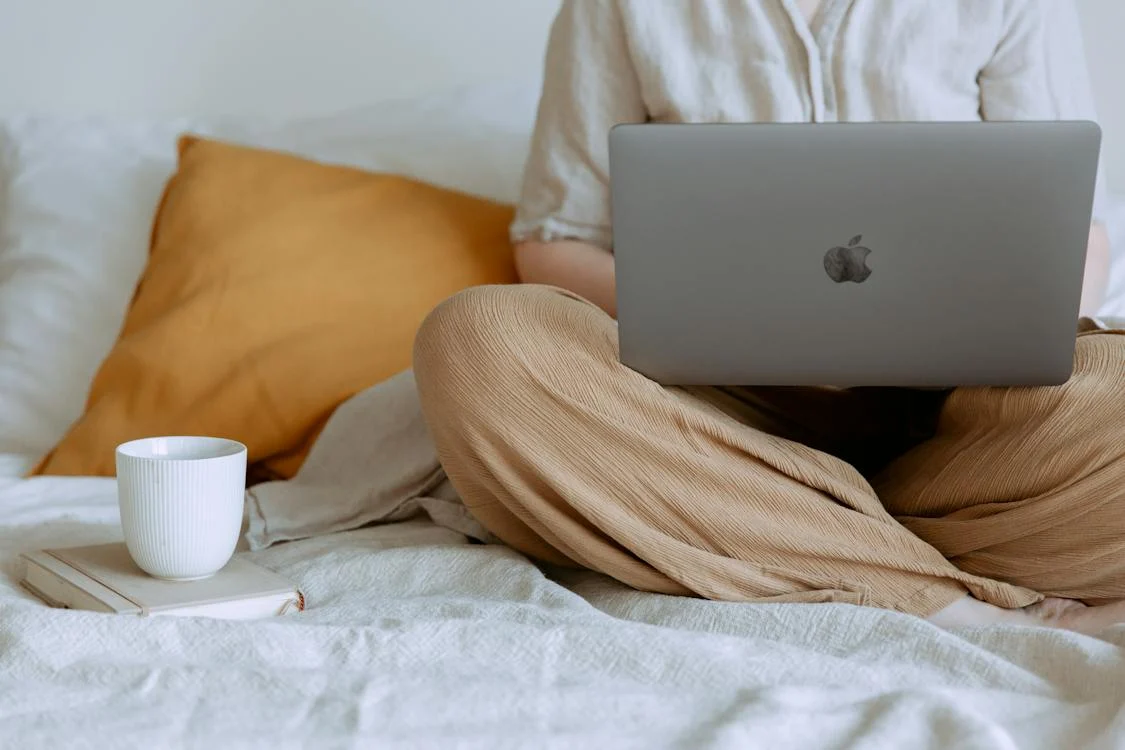
We all know that you mostly get to see the highlight reel of someone’s life on Facebook and Instagram. Still, it can be hard to see your friends going on holidays, day trips and nights out, while you spend way too many hours sick at home. These curated feeds remind you of all the things you’re missing out on, making you feel sad, lonely, jealous or less worthy.
Scientific studies back this idea that social comparison via social media may increase your risk for mental health problems, especially if you’re a young woman.
It’s no secret that picture-perfect images can contribute to unrealistic beauty standards. Even though you know influencers use filters and flattering positions to create the perfect shot, you may still feel insecure about the dark circles under your eyes, your Prednison face, scars or catheter when you’re constantly shown these edited photos.
Freedom of speech is an enormously important value, but online, people seem to think that means you can say anything to anyone and that you should always express your opinion, no matter who gets hurt. So sadly, sharing your illness experiences on social media, can lead to rude reactions, gaslighting or toxic positivity. And getting upset over mean comments of strangers on the Internet is not what you need when you’re already struggling with your health.
As great as social media can be to normalize living with chronic illness and to connect people with similar health problems to get support, sometimes online communities may also have negative side-effects.
Sharing personal stories about your health with others can leave you vulnerable to judgements, like “you should have just… tried yoga/pushed through the pain/think more positively”. And because the thing you have in common with that online community is your illness, you may also become hyperaware of (new) symptoms and strengthen the feeling of being ill. In some groups, there can even be a strange undercurrent vibe of ‘competition’, where members compare symptoms and abilities to see who has it worst.
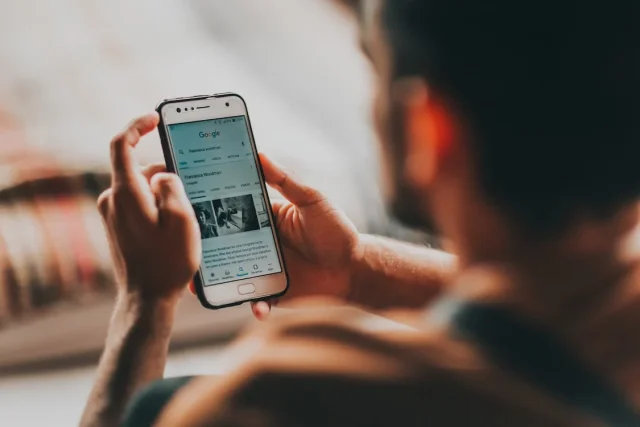
It’s awesome that we can share tips for symptom management and natural remedies online, but social media can never replace medical advice based on your personal situation. Sure, some doctors are not up-to-date on rare diseases and medical gaslighting is real. But that doesn’t mean that you shouldn’t be very careful about diagnosing yourself or starting (unproven) treatments based on what health coaches, diet guru or famous people say on TikTok or YouTube.
The biggest problem is, that once you start clicking on posts or reels about a certain topic, the social media algorithms will automatically feed you more of this (mis)information, slowly solidifying the idea in your mind that it must be true if ‘everyone’ is saying the same thing.
Depending on your specific illness, too much screen-time can cause or worsen certain symptoms, like eyestrain, headaches, ‘tech neck’ from bad posture and ‘smartphone finger’ from repetitive strain. And as mentioned before, scrolling your phone in bed reduces the quality and length of your sleep, which in turn increases your chances of fatigue, chronic pain and bad mood the next day.
Finally, the constant variety of short bites of information is also destroying our ability to focus, which isn’t great if you’re already struggling with brain fog.
Ok, so if (too much) social media use is that bad for you, why don’t you just delete your social media apps or put you phone away?
Because having your phone close by also offers a sense of safety when you’re chronically ill, so you can easily reach people in case of a seizure/asthma attack/dangerously low blood sugar. Because social media offers instant distraction from pain when you can’t do much else but lie still in bed, alone. Because on bad days, your screens are your lifeline and the only way to connect to the world outside of your home.
So what can we do to break bad habits and use technology and social media in a healthier way? There’s no one-size-fits-all answer, but here are some ideas.
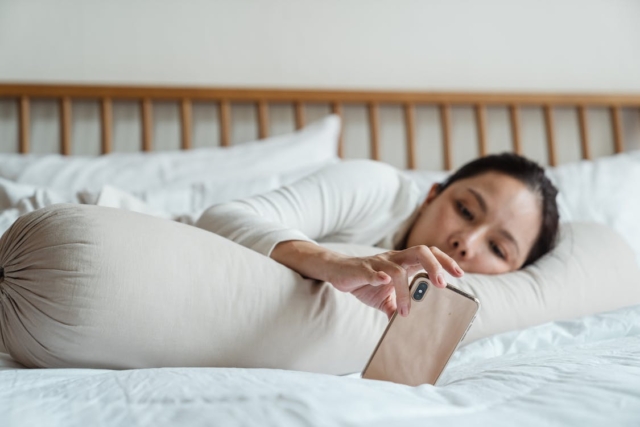
This article may contain some affiliate links to resources you may find useful, at no extra costs to you. All opinions are my own.
Like videogames, social media are specifically designed to keep you engaged with your feeds and apps longer – and making you return to check for new updates often.
That’s why, in his book ‘Digital Minimalism’, professor Cal Newport argues that if you want to set better boundaries around your screen times, it helps to take a real break from using all non-essential technology first. By becoming aware of your digital habits, you can replace mindless scrolling with a limited number of carefully selected online activities that are aligned with your values.
‘Digital Minimalism’ prescribes a digital detox of 30 days, but that may seem dauntingly long if you don’t have much access to face-to-face social connections and analogue entertainment. But you can temporarily limit your screen time in other ways, like having a social media Sabbath, installing screen-free Sundays or going offline for a full weekend.
During your short break from technology, there are a few things you can do to set yourself up for a healthier relationship with your phone and apps:
How does your current screen time – and social media use in particular – make you feel? Do you feel inspired after scrolling Pinterest or bored with your own life? Do you love seeing your friends’ photos on Instagram or do you get lost in the fierce debates in the comment section of the chronic illness advocate/ vegan food blogger/crunchy momma you follow?
The first step to a healthy social media use is to become aware of the information you feel your mind with, and how that affects your thoughts, mood and behavior. Here are some questions you can ask yourself to reshape your digital diet:
Once you’ve determined what you want your digital diet to look like, you can start taking the next step to crowd out the ‘digital junk food’ by breaking your bad habits.
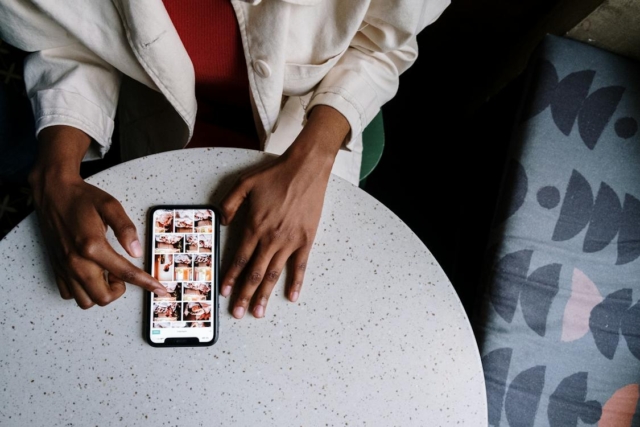
How often do you automatically grab your phone when you have to wait at the doctor’s office? Or when’s the last time you quickly wanted to check something online only to end up in the rabbit hole of cat memes?
If you want to break those habits, it should be way less easy to access your devices and social media apps than it is now. Some tricks you could implement to stop mindless scrolling:
In that spirit…
There is no doubt that technology is an amazing tool when you consciously choose to use it. The danger lies in the addictive features of social media that encourages you to keep clicking on the next viral reel.
One way to be more intentional about what you want to do on your screens and for how long is by setting some tech rules and natural limitations for yourself. Not everything will work for everyone, but here are some ideas to get you started:
Obviously, you can find a lot of engaging content online, or else it wouldn’t be so ‘addictive’! So how can you access the information and entertainment you enjoy without automatically getting sucked into a 40-minute surfing session?
If you like to use social media to get the latest updates on interesting topics, maybe instead of endless browsing you’ll sign up for a few interesting newsletters or subscribe to your favorite podcasts. Or if you love to connect with certain people online, perhaps you can still limit your social media use by checking in no more than once a day, only using one social media channel or having a weekly or monthly Zoom meeting to virtually hang out.
You could also adopt an old-school mindset around modern media, and sit down to watch a specific episode on YouTube like you would do for a scheduled TV show. That makes it a more conscious choice, limited to one sitting instead of getting caught up in a stream of funny videos.
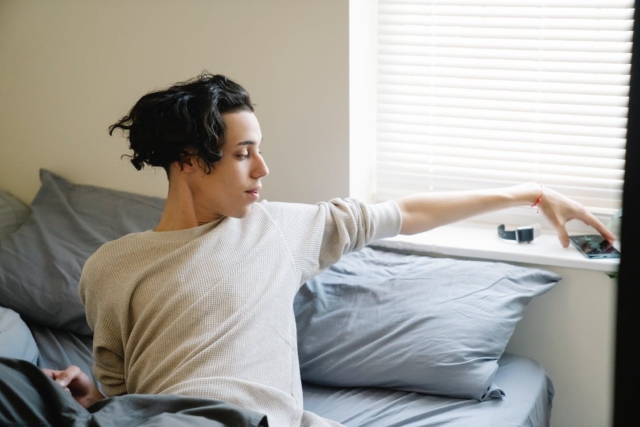
One of the reasons why we grab our phones is that we don’t know what do when we’re bored but too sick to do the things we enjoy. And that is challenging!
But hands-on activities like easy baking and crafting are known to reduce stress, depression and anxiety, whereas gently moving your body and spending time outdoors support your overall health and happiness. Audiobooks, smart games and jigsaw puzzles can also keep your mind entertained while your body rests.
See if you can find some fun but illness-friendly activities in the following links, so you can make your own happy list that you can turn to during boring moments:
If you want to change automatic behaviors, there’s one question you should ask yourself:
What is my motivation for turning to these habits? Which underlying emotional needs am I trying to fulfill?
Maybe you keep turning to social media because you feel lonely. Maybe you’re scared of missing out (even more) on what’s happening. It’s also easy to push your sadness, worries and frustrations away by distracting yourself with cute puppy videos and TikTok dance moves. That’s not necessarily a bad thing, but you have to know when it’s helpful to take your mind off your problems and when you should tackle them head-on.
Do you tend to grab your phone to soothe yourself? Take a look at these helpful tips to better deal with difficult emotions:
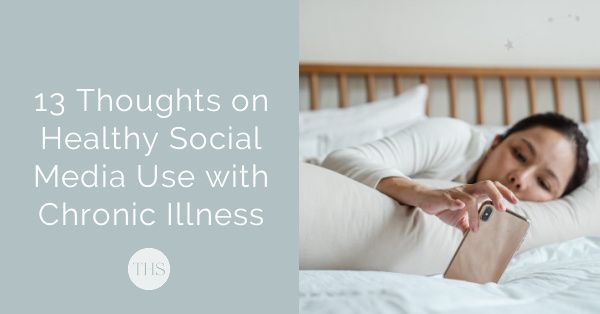
Our digital devices and social media can be a wonderful tool to connect with others and make daily life with chronic illness easier and more interesting. But there are emotional, mental and physical downsides to turning to our screens as often as we do.
Hopefully these 13 thoughts on healthy social media use have given you some inspiration to see how your digital diet is working for you, and what you can do to optimize it.
For more advice on this topic, check out Digital Minimalism by Cal Newport or read Why You Should Mind Your Mental Diet, including 28 Tips to Nourish Your Mind in a Healthy Way.